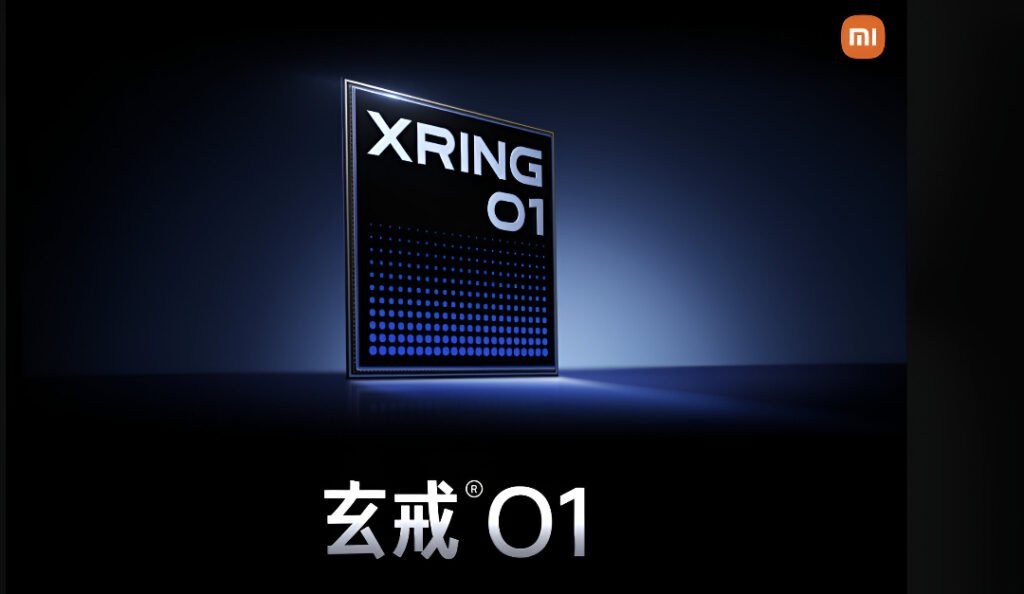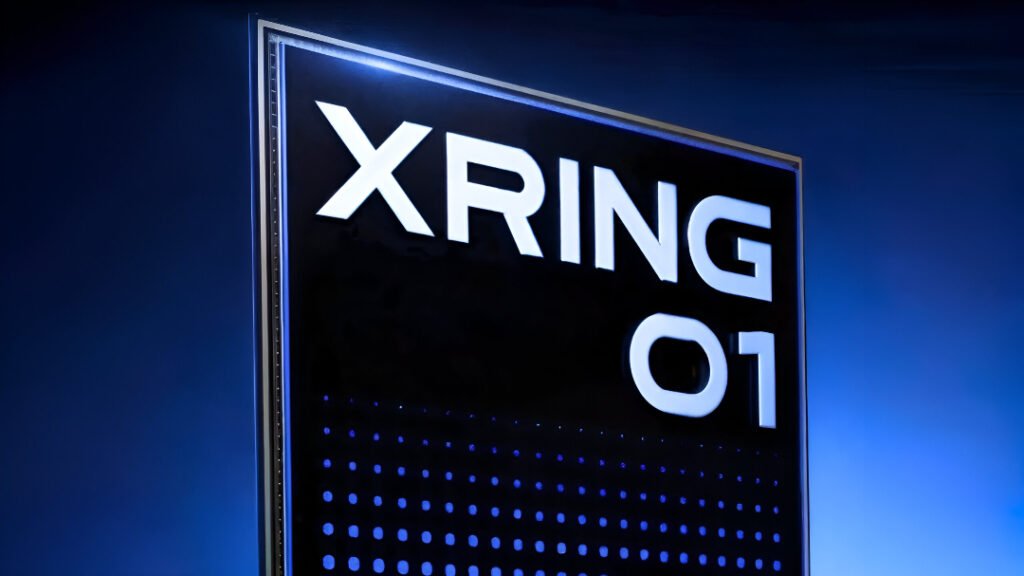
Xiaomi just made it official at their “A New Beginning” event in Beijing—they’ve developed their very own mobile chips, the XRing O1 and XRing T1. After a decade of R&D and nearly $28 billion in investment commitments, the Chinese tech giant has finally revealed what they’ve been working on behind closed doors. This isn’t just another processor announcement—Xiaomi’s self-developed 3nm chip is their direct challenge to Apple’s A18 Pro and Google’s Tensor processors.
Xiaomi’s Official Chip Announcement Changes Everything
Here’s what blows my mind about this whole thing: Xiaomi has been quietly working on these self-developed chips for an entire decade. While everyone was focused on their budget phones and flashy marketing, they had engineers locked away building something that could actually compete with the big boys.
The XRing O1 isn’t just another processor trying to catch up. Built on cutting-edge 3nm technology with 19 billion transistors, this officially revealed chip packs a 10-core CPU and 16-core Immortalis-G925 GPU. That’s a pretty bold claim from a company that most people still think of as “the affordable phone brand.”
Breaking Down Xiaomi’s Self-Developed Processor Lineup
The O1 is their flagship self-developed mobile processor—think of it as Xiaomi’s answer to Apple’s A-series chips. It’s debuting in the 15S Pro, which is basically Xiaomi saying, “We’re ready to play in the premium sandbox now.” The chip also features a 6-core NPU delivering 44 TOPS for AI processing, which are seriously impressive numbers.
The T1 is more interesting to me, though. This self-developed 4G smartwatch chip comes with its own baseband and is launching in the new Watch S4. Xiaomi isn’t just trying to make better phones—they want to own the entire ecosystem with their own silicon.
What’s clever here is the naming. XRing sounds futuristic without being too weird, and the O1/T1 designation keeps things simple. No confusing model numbers or marketing nonsense for their official chip reveal.
How Xiaomi’s 3nm Chip Stacks Up Against Apple
Apple has owned the mobile processor game for years. Their chips consistently destroy everything else in benchmarks, and Google’s Tensor processors, while decent, never quite caught up to that iPhone performance magic.
Now Xiaomi walks in with their officially revealed 3nm technology and claims their self-developed O1 can match Apple’s A18 Pro. If that’s even close to true, it’s a massive deal. We’re talking about a Chinese company potentially ending Apple’s silicon dominance with their own in-house chip.
Samsung tried this with their Exynos chips and mostly failed. Huawei had something good going with Kirin before the whole trade war mess. But Xiaomi? They might actually have the resources and patience to pull this off.

Xiaomi Commits Nearly $28 Billion to Win
Here’s where things get really interesting. Xiaomi has already dropped 13.5 billion RMB on chip development and just announced they’re committing another 50 billion RMB over the next decade. That’s not “let’s try some stuff” money—that’s “we’re completely serious about this” money.
Their vision is pretty clear: stop depending on Qualcomm and MediaTek for everything. Build their own chips, control their own destiny, and maybe steal some market share from Apple and Samsung while they’re at it. They’ve got over 2,500 engineers working on this stuff now.
The timing makes sense too. With all the geopolitical tensions around chips and trade wars, having your own silicon gives you way more flexibility. Plus, the margins on premium phones are huge if you’re not paying someone else for the processor.
Competition Finally Benefits Smartphone Users Again
Look, most people don’t care what chip is in their phone as long as it works well and doesn’t die by lunchtime. But here’s why Xiaomi’s move is bigger than just tech specs.
Competition drives innovation. When Apple was the only game in town for premium mobile processors, they could basically do whatever they wanted. Now they’ve got real pressure from someone who’s been studying their playbook for a decade.
If Xiaomi can deliver flagship performance at their typical pricing, that forces everyone else to step up or cut prices. Either way, we win.
The Real Test Starts Now
The 15S Pro with the XRing O1 is hitting the market soon, and that’s when we’ll know if this is real or just marketing hype. Early benchmarks show it hitting 3 million points on AnTuTu, which is actually competitive with flagship chips from other manufacturers.
What I’m watching for isn’t just benchmark numbers—it’s real-world performance, battery life, and heat management. Apple’s chips aren’t just fast; they’re efficient and reliable. That’s the bar Xiaomi needs to clear with their self-developed silicon.
If the XRing O1 can actually hang with the A18 Pro in daily use, this industry is about to get way more interesting. And after years of incremental phone upgrades, I’m ready for some actual excitement.









